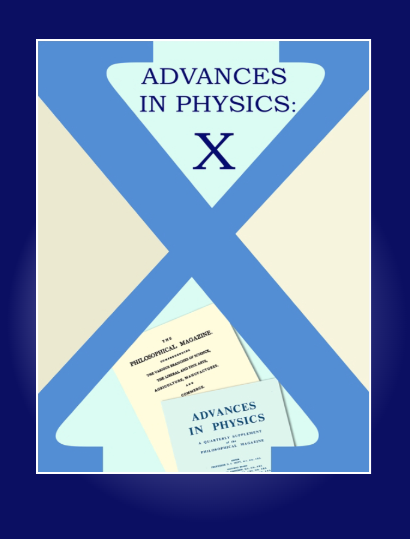Ultrafast dynamics in molecular ions following UV and XUV excitation: a perspective
IF 10.8
2区 物理与天体物理
Q1 PHYSICS, MULTIDISCIPLINARY
引用次数: 0
Abstract
ABSTRACT Gas phase experiments combined with ultrafast technologies can provide information on the intrinsic properties of molecular systems at picosecond, femtosecond, or even attosecond timescales. However, these experiments are often limited to relatively simple model systems. In this context, electrospray ionization sources (ESI) have offered new perspectives as they allow to produce large or fragile molecular ions in the gas phase, mimicking molecules in their natural environment. While time-resolved UV-visible ultrafast experiments on molecular ions have been successfully developed over the past decades, efforts are still required to perform experiments using ultrashort extreme ultraviolet (XUV) pulses with the goal of reaching attosecond resolution. In this article, we present recent results obtained using the combination of ultrafast technologies and ESI sources. We show that ultrafast dynamics experiments can be performed on molecular ions without ion trapping devices and can reveal UV-induced charge transfer in small peptides with controlled micro-environment. Non-adiabatic relaxation dynamics in large (bio)molecular ions is also presented. Such experiments are compatible with high harmonic generation XUV sources as shown here in the case of a metal complex. These ultrafast dynamics studies on large molecular ions offer new perspectives in attosecond science. Graphical abstractUV和XUV激发下分子离子的超快动力学
摘要气相实验与超快技术相结合,可以在皮秒、飞秒甚至阿秒时间尺度上提供分子系统固有特性的信息。然而,这些实验通常局限于相对简单的模型系统。在这种情况下,电喷雾电离源(ESI)提供了新的视角,因为它们可以在气相中产生大的或脆弱的分子离子,模仿自然环境中的分子。尽管在过去几十年中已经成功地开发了分子离子的时间分辨紫外-可见超快实验,但仍需要努力使用超短极紫外(XUV)脉冲进行实验,以达到阿秒分辨率。在这篇文章中,我们介绍了使用超快技术和ESI源相结合获得的最新结果。我们表明,在没有离子捕获装置的情况下,可以在分子离子上进行超快动力学实验,并且可以在受控的微环境下揭示小肽中紫外线诱导的电荷转移。还介绍了大分子(生物)离子中的非绝热弛豫动力学。这样的实验与高谐波产生XUV源兼容,如这里在金属络合物的情况下所示。这些对大分子离子的超快动力学研究为阿秒科学提供了新的视角。图形摘要
本文章由计算机程序翻译,如有差异,请以英文原文为准。
求助全文
约1分钟内获得全文
求助全文
来源期刊

Advances in Physics: X
Physics and Astronomy-General Physics and Astronomy
CiteScore
13.60
自引率
0.00%
发文量
37
审稿时长
13 weeks
期刊介绍:
Advances in Physics: X is a fully open-access journal that promotes the centrality of physics and physical measurement to modern science and technology. Advances in Physics: X aims to demonstrate the interconnectivity of physics, meaning the intellectual relationships that exist between one branch of physics and another, as well as the influence of physics across (hence the “X”) traditional boundaries into other disciplines including:
Chemistry
Materials Science
Engineering
Biology
Medicine
 求助内容:
求助内容: 应助结果提醒方式:
应助结果提醒方式:


